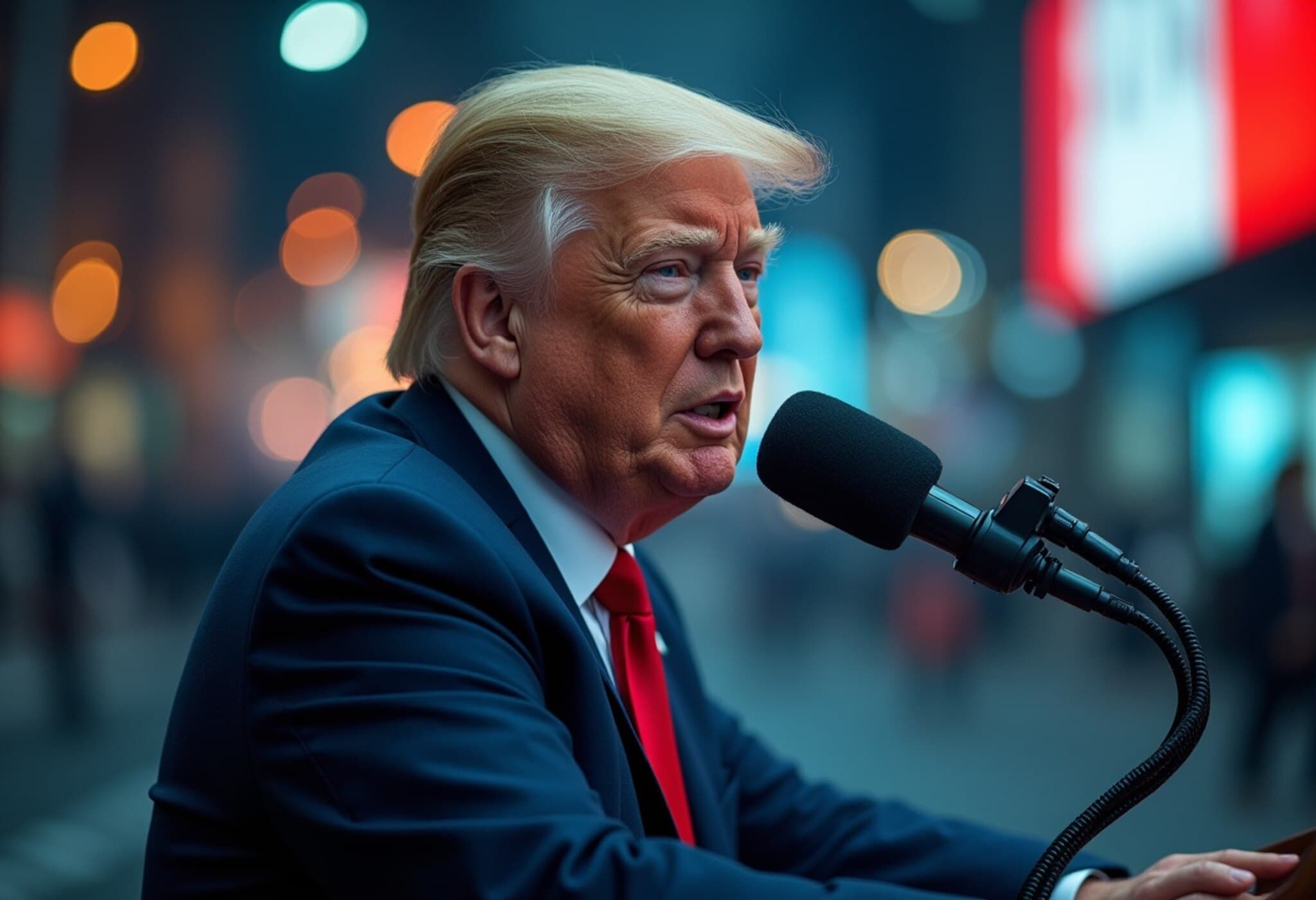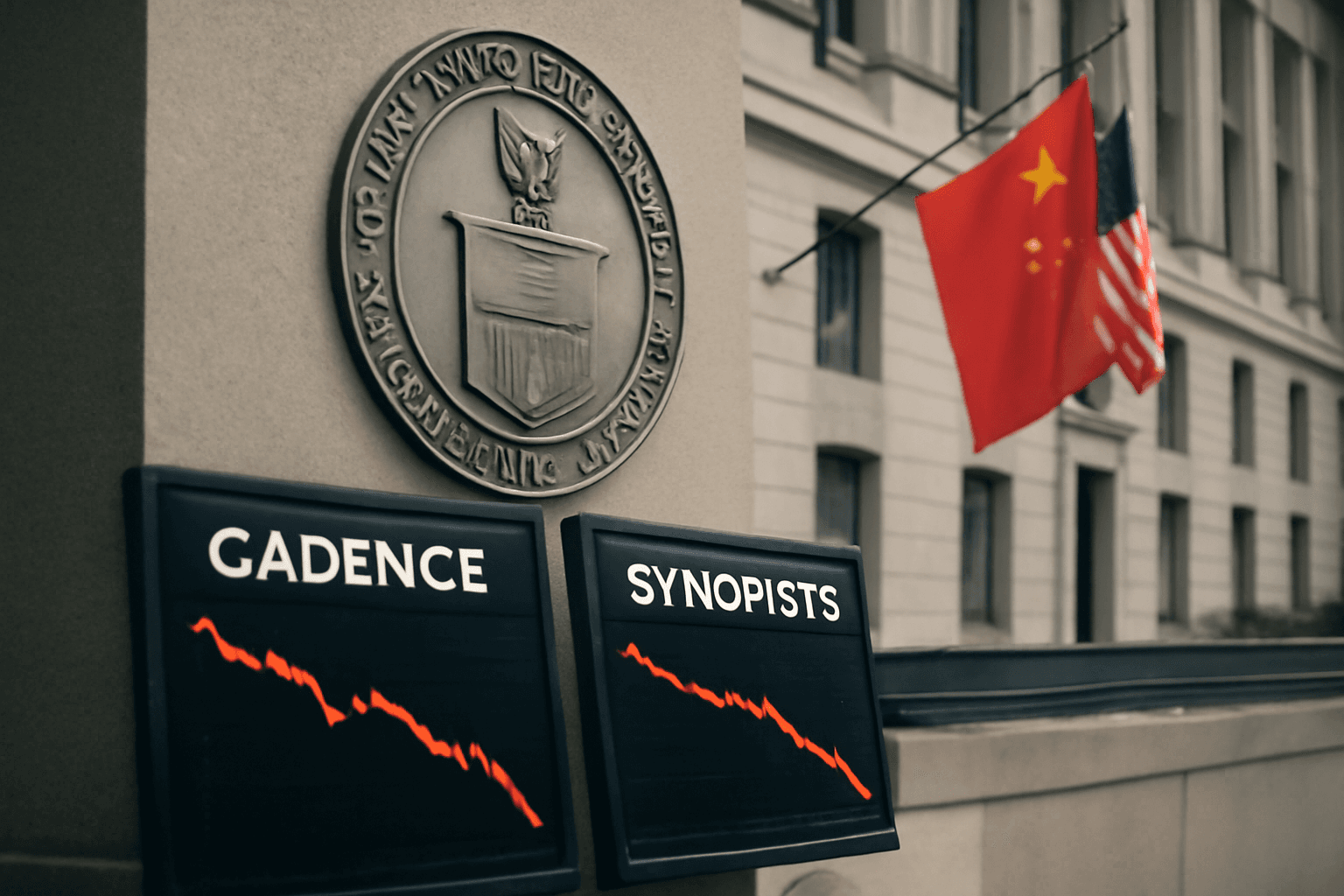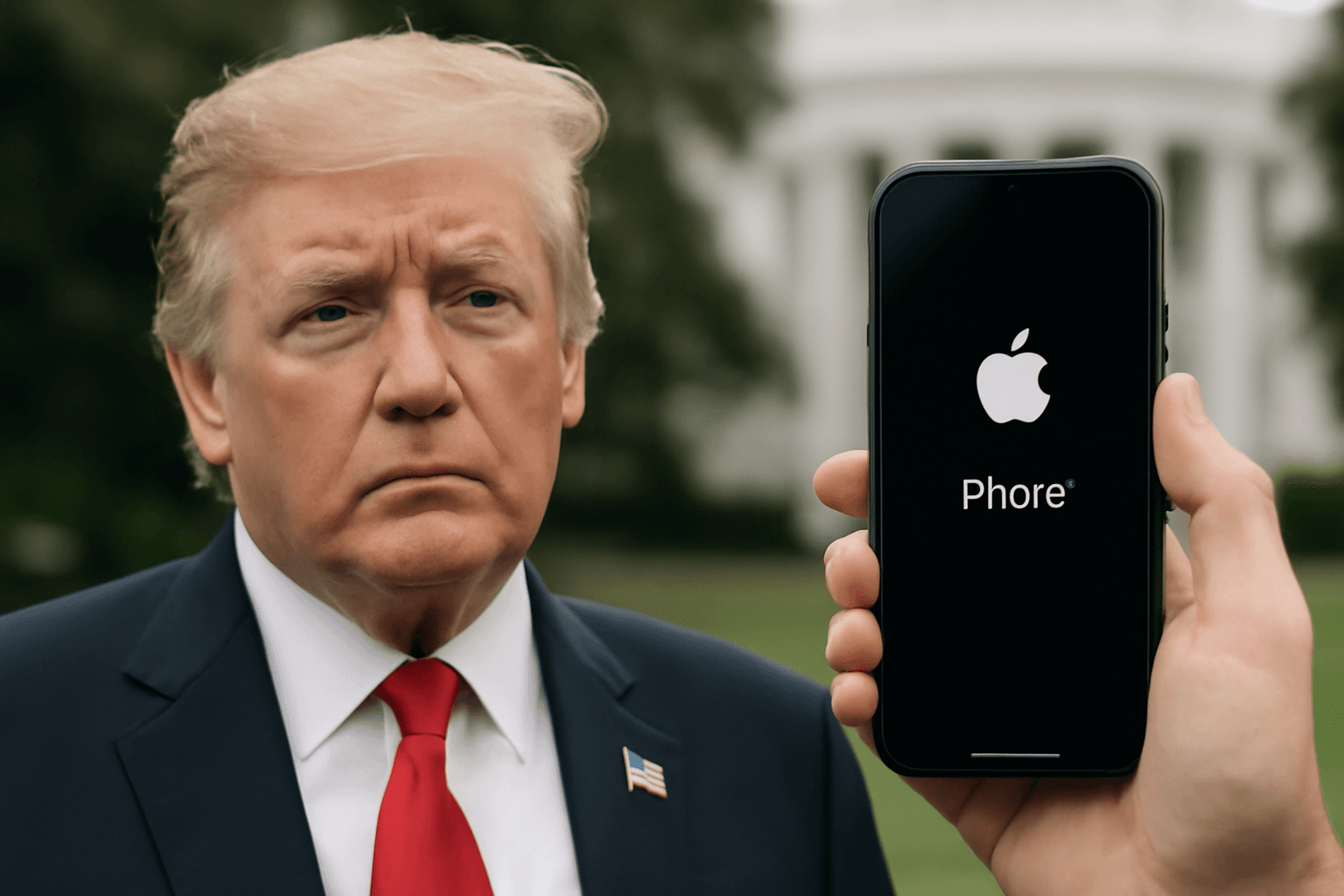Trump’s Bold Chip Tariffs Send Shockwaves Through Asia’s Semiconductor Industry
On August 6, 2025, U.S. President Donald Trump unveiled an aggressive plan to impose 100% tariffs on imported semiconductor chips. This sweeping announcement immediately rattled Asian markets, sending Japanese chip stocks tumbling while South Korean and Taiwanese giants saw surprising gains. The move aims to bolster domestic chip manufacturing but leaves several crucial details still under wraps.
Market Response: Winners and Losers Emerge
The stock market reacted swiftly and with mixed signals. Japanese semiconductor companies like Renesas Electronics saw shares plunge over 5% at the open, eventually closing down about 2.9%. Other Japanese chipmakers such as Toshiba and Sony also experienced declines between 3% and 4%, signaling investor anxiety about potential fallout from the tariffs.
Conversely, South Korea’s Samsung Electronics defied regional trends, climbing 2.47% following announcements that its chips, especially those manufactured in its Texas facility, will be exempted from the tariffs. Similarly, SK Hynix rebounded after early losses. Topping the Asian winners was Taiwan’s TSMC, the world's largest contract chip manufacturer, which surged over 4%.
Understanding the Tariff Exemption and Its Ambiguities
At the heart of the tariffs lies a significant exemption: chips produced domestically in the U.S. are exempt from the 100% levy. However, specifics on qualifying criteria remain vague. President Trump emphasized the exemptions for companies like Apple, which recently announced plans to source chips from Samsung’s Texas plant. Yet, industry experts warn that much depends on how the government defines ‘building in the United States,’ which could make or break many foreign manufacturers’ strategies.
Yeo Han-koo, South Korea’s top trade envoy, confirmed on radio that leading Korean chipmakers appear exempt. This likely averts immediate disruption to major players deeply entrenched in U.S. operations.
Industry Experts Weigh In: Opportunities Amid Challenges
Ernie Tedeschi, director of economics at Yale’s Budget Lab, cautioned, “The devil is in the details. Without a clear framework on implementation, market uncertainty will persist.”
Meanwhile, Andrew Jackson, head of Japanese equity strategy at ORTUS Advisors, highlighted a silver lining for Japan: while process equipment suppliers initially face volatility, their products remain essential for expanding U.S. chip production capacity. This dependency could mitigate longer-term risks for Japanese firms despite short-term stock setbacks.
Daniel Newman, CEO of The Futurum Group, framed the impact through a scale lens: “The big companies—Apple, Nvidia, TSMC—are the clear winners here. They have the resources to pledge billions toward U.S. manufacturing, aligning with the administration’s goal. Smaller players without such leverage will likely face tougher negotiations.”
Broader Economic and Policy Implications for the U.S.
This tariff policy, part of the U.S. government’s broader push to reshore semiconductor manufacturing, intersects critically with national security and supply chain resilience agendas. The global chip shortage in recent years has exposed vulnerabilities, prompting legislative and executive efforts like the CHIPS Act to incentivize domestic investment.
However, aggressive tariffs risk straining trade relations with key allies like Japan and South Korea, potentially prompting retaliatory measures. Moreover, the complexity of semiconductor supply chains means tariffs could produce unintended inflationary pressures on consumer electronics—including the iPhones and laptops ubiquitous in American homes.
Looking Ahead: A Global Semiconductor Landscape in Flux
As the precise tariff rules are defined, semiconductor companies worldwide face a rapidly evolving environment requiring nimble strategies and robust U.S. collaborations. For the United States, success hinges on balancing protectionism with collaboration to ensure the domestic industry thrives without sparking damaging trade wars.
- Japanese chipmakers: Short-term market pressure but potential long-term resilience through equipment supply to U.S. factories.
- South Korean and Taiwanese giants: Likely beneficiaries due to U.S.-based manufacturing footprints.
- American tech firms: Expected to benefit from strengthened local supply chains but face complexities from raised production costs.
Editor’s Note
President Trump’s new 100% chip tariffs mark a bold attempt to recalibrate global semiconductor dynamics in favor of U.S. manufacturing. Yet, the devil lies in the fine print—who qualifies for the exemption, how the tariffs impact global supply chains, and whether allies view the move as protectionist or pragmatic remain open questions. As this story unfolds, investors, policymakers, and consumers alike must watch closely to understand the full ramifications of this high-stakes policy shift.












